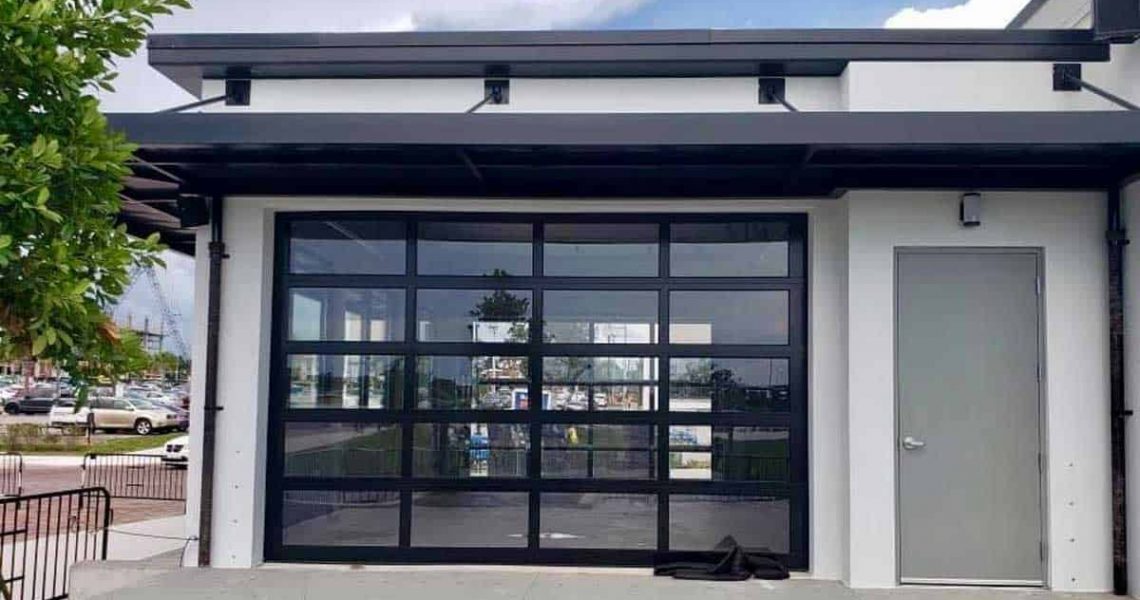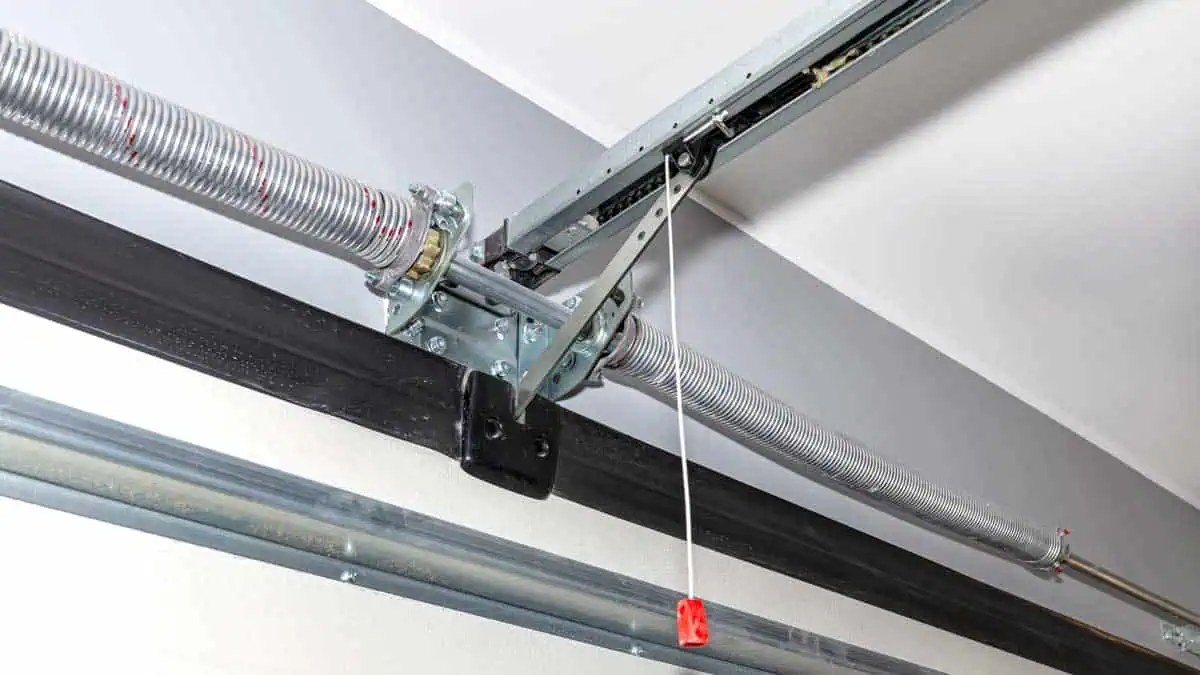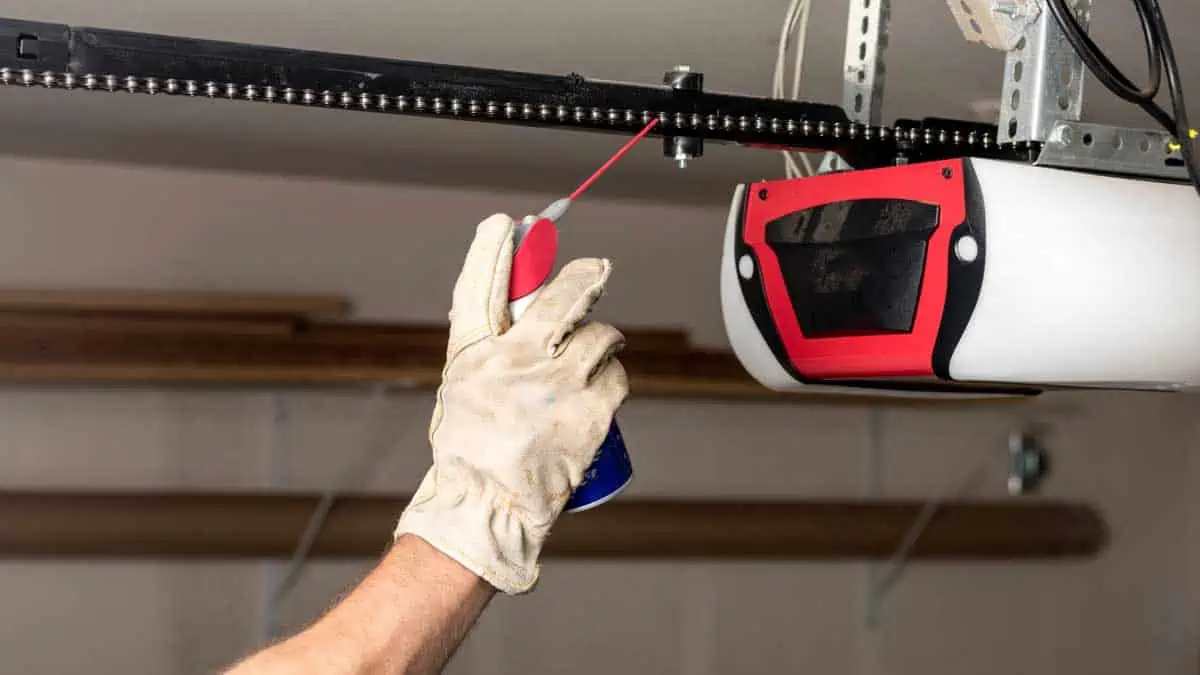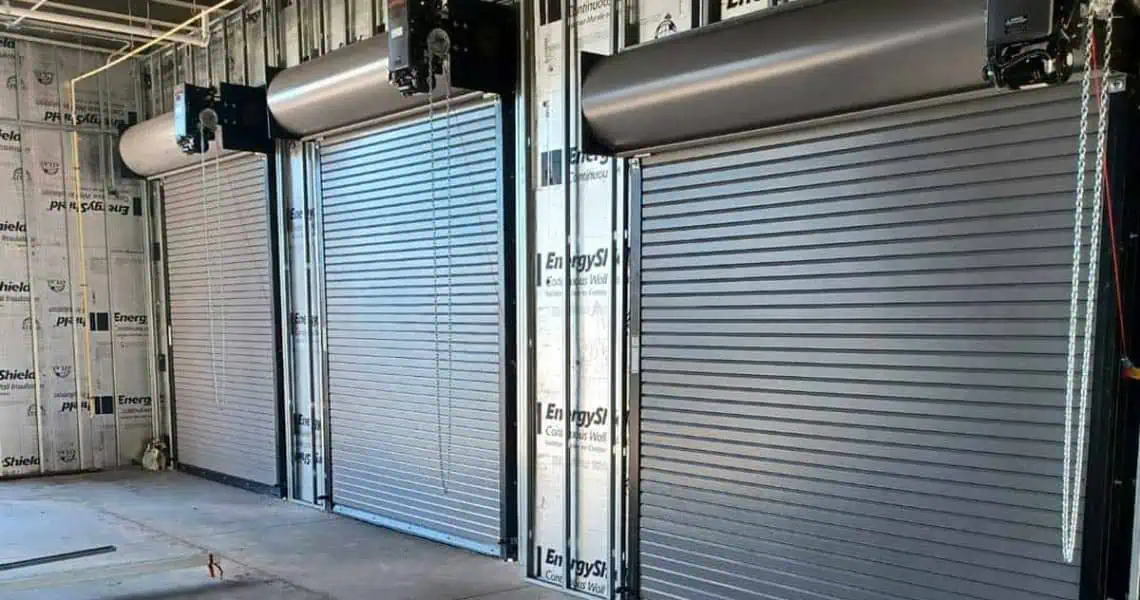Garage doors are surprisingly heavy. Combined with the variety of moving parts, the largest door in your home can present a safety hazard. Thousands of people are injured by garage doors each year, in the United States alone.
The US Consumer Product Safety Commission reports over 15,000 injuries related to garage doors annually. This is a high enough number to remind yourself and your family members that safety in the garage is no laughing matter.
Follow these 12 tips to ensure the safety of yourself, your family, and your friends.
1. The Door Is Not a Toy
Children are adventurous by nature and their wild imaginations allow even simple objects around the home to become something otherworldly. While fostering this trait is great, it is important to set boundaries when danger becomes a factor.
The garage door can look like a fun ride for children who do not know better. Kids have been known to grab on to the door as it ascends, riding it up and dropping off at the last minute. Hand, leg, and neck injuries have all been reported from this activity. Remind children of all ages that the door is not a toy and can be dangerous if misused.
2. Do Not Leave the Door Cracked Open
Drive through any neighborhood and you will likely see garage doors left open with a foot or two of space. Many homeowners do this to allow airflow or let pets come and go.
This practice presents a danger as a thief could see this as a chance to get inside your home. This is a dangerous scenario that is easily avoided by keeping your door closed when not in use.
3. Watch for Pinch Points
Of the 15,000 garage door-related injuries each year, half are due to fingers becoming trapped in door panels as the door raises or lowers. Some doors have protections to prevent this type of injury but not all do.
4. Protect the Remote
There are multiple reasons to protect your garage door remote. First, leaving it visible in your car could be inadvertently inviting intruders. Make sure the remote is concealed in the glove box or center console.
Secondly, the remote could be seen as a toy for children. The temptation to play with the door via remote may be too much to resist. While most doors have safety mechanisms in place, a spring or motor failure could lead to danger.
5. Protect Your Passcode
You should be treating the keycode to your garage door like the PIN to your bank card. Access to your garage is access to your home. Set a unique code and consider changing it annually, at a minimum.
If your keypad allows for multiple codes, choose one for guests to use that can be reset after their departure. Take your garage door passcode seriously.
6. You Are Not Indiana Jones!
The simple rule of thumb is: If the garage door is moving, you should not be under it. This goes for opening and closing. Garage doors have safety features, but they are not immune to failure. Just leave the hat behind and reopen the door rather than sliding or reaching under the door.
7. Check the Sensors
The sensors, also called photo-eyes, are usually attached to the garage door rails within half a foot of the ground. If something passes between the eyes, the door reverses course and opens.
Test the photo-eyes monthly to ensure their proper operation. To perform a test, you will need your garage door opener remote and a broom. From the open position, close your garage door. As the door closes, thrust the broom in the path of the photo-eyes. If the door stops and goes up, your photo-eyes are working properly.
8. Check the Reverse
Unless your garage door is over 30 years old, it should have a mechanism that forces the door to reverse if it touches something. Test this feature each month to ensure its proper operation.
To perform a test, you will need your garage door opener remote and a roll of paper towels. Put the paper towels below the door on their side. Close the door. As the door touches the roll of towels, it should reverse and open. If it does, your reversing mechanism is working properly.
9. Have Your Garage Door Inspected
Regular inspection of your door by a professional is the ideal way to feel secure that your door is in great, safe shape. This step is vital if there has been any damage to your door like an accidental bump by the car or a tree falling into it.
10. Consult Your Owner’s Manual
The operation of a properly functioning garage door is pretty basic. Simply push the button to open or close it. However, simplicity disappears when something goes wrong.
The owner’s manual will tell you how to open your door in a power failure or other emergency limiting its automatic operation. Additionally, it will recommend at-home steps for diagnosing issues.
11. Double Check the Door
As you leave or return home, always look back to make sure the door has fully closed. A door that remains open can be a sign of a problem and allow someone to enter your garage uninvited.
There is no worse feeling than getting to your destination and wondering if your door is closed. Avoid this insecurity by watching your door close each time you leave.
12. Consult a Professional for Repairs
Many projects around the house can be done to varying degrees of success without much penalty. However, an ill-repaired garage door can lead to major problems and an unsafe environment.
If you notice damage or have trouble diagnosing a problem via the owner’s manual, call a garage door company for help. Their professionals have the expertise that will prove invaluable. A DIY repair will likely lead to more costly problems down the line. Call in an expert if a problem arises for efficient, expert repairs.





